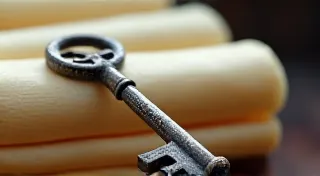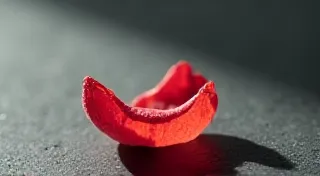The Cartographer's Compass: Identifying Ribbon Manufacturers Through Subtle Details
There’s a certain romance tied to the mechanical age. The hum of gears, the satisfying click of a lever – it speaks of a time when craftsmanship reigned supreme and objects were built to last. Antique typewriters, particularly, embody this spirit. But even the most beautifully restored machine is incomplete without a ribbon, the silent architect of its written legacy. And just as a cartographer relies on a compass to navigate uncharted territory, so too must we use a keen eye and a touch of detective work to understand the history embedded within these ribbons.
Identifying antique typewriter ribbons isn't merely about recognizing a brand name. It's about understanding a whole ecosystem of manufacturing processes, subtle design choices, and the evolution of a vital component. These ribbons aren’t just functional items; they’re tiny artifacts, whispering tales of factories bustling with activity, of ink formulations carefully guarded as secrets, and of the relentless pursuit of a sharper, clearer print.
The Evolution of the Ribbon: A Brief History
Early typewriter ribbons were largely made of coarse, woven fabric, often silk or cotton, coated with ink. These were functional, yes, but not particularly long-lasting or resistant to fading. As typewriter technology advanced – and believe me, it *did* advance rapidly in those early decades – so too did the ribbon. The introduction of nylon in the 1930s revolutionized the process, offering greater flexibility, durability, and a brighter, more consistent print. This wasn't just a technical upgrade; it was a paradigm shift in how typewriter ribbons were conceived and produced.
The shift to nylon coincided with the rise of mass production. Smaller, family-run ribbon factories gave way to larger, more industrial operations capable of producing ribbons on a scale previously unimaginable. This transition left its mark, often in the form of more detailed and standardized markings on the ribbons themselves.
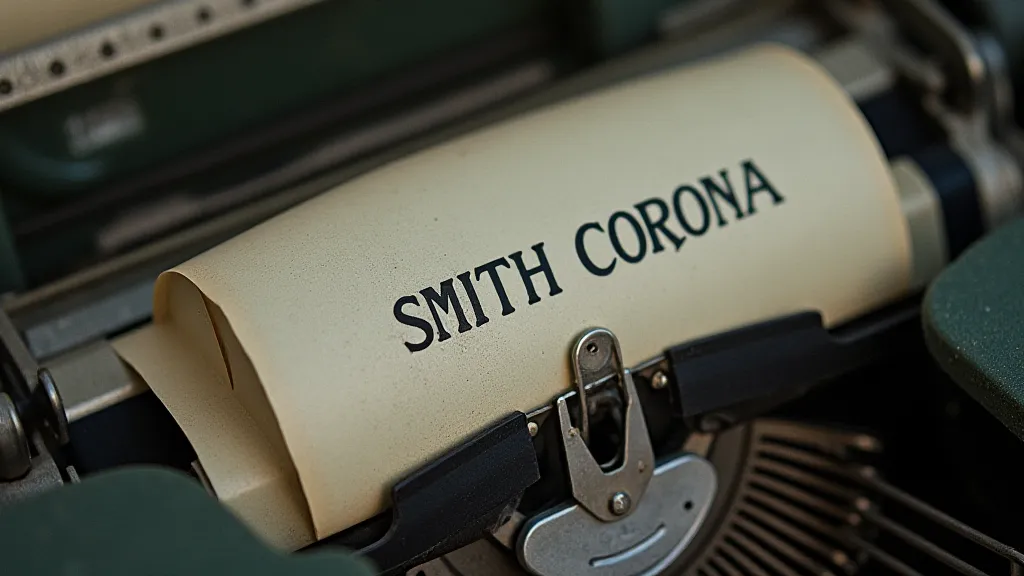
Deciphering the Markings: A Detective's Toolkit
The first clue in identifying a ribbon's manufacturer usually comes from printed markings on the spool itself. These can range from simple, embossed logos to elaborate, multi-colored labels. However, the markings are often faded, incomplete, or obscured by age and handling. This is where patience and a good eye become invaluable.
Let's begin with the most common finds. Manufacturers like IBM, Underwood, Smith Corona, Royal, and Remington were prolific ribbon producers. Their names will frequently appear, sometimes prominently, other times subtly incorporated into a design. Look beyond just the main brand name – you might find smaller, secondary markings indicating the specific factory where the ribbon was manufactured or the type of ink used. For example, a ribbon might be marked "IBM - Poughkeepsie" which tells us it was produced at the IBM factory in Poughkeepsie, New York. These regional markings can be surprisingly common.
Beyond the major players, many smaller, independent ribbon manufacturers existed, often serving a local or regional market. Identifying these manufacturers can be significantly more challenging, requiring extensive research and a deep understanding of the typewriter industry landscape. Online forums and collector communities often prove to be invaluable resources for tracking down these lesser-known brands.
The type of ink used on the ribbon can also provide clues. Early ribbons often used aniline dyes, which are prone to fading and discoloration. Later ribbons, particularly those made with nylon, often used more stable pigments that resist fading. The color itself can be a clue. While black was the standard color for most typewriters, ribbons also came in a range of other colors, including red, blue, green, and purple. These less common colors were often used for special purposes, such as addressing machines or adding decorative accents to typed documents.
The Spool’s Tale: Material, Shape, and Design
The spool itself is often overlooked, but it can provide valuable information. Early spools were often made of metal, while later spools were often made of plastic or cardboard. The shape and design of the spool can also vary depending on the manufacturer and the era in which it was produced. Some spools have distinctive flanges or grooves that are characteristic of specific brands. The presence or absence of a retaining clip, and its design, can also be indicative of the spool's origin. Even the texture of the spool – smooth, ribbed, or a combination – can provide clues.
I recall once struggling to identify a ribbon spool for an early Royal typewriter. The markings were almost entirely gone. It was only by meticulously examining the shape and design of the spool, comparing it to images of known Royal spools, that I was able to confidently attribute it to the correct manufacturer. The feeling of discovery, that small "aha!" moment – it's what makes this hobby so rewarding.
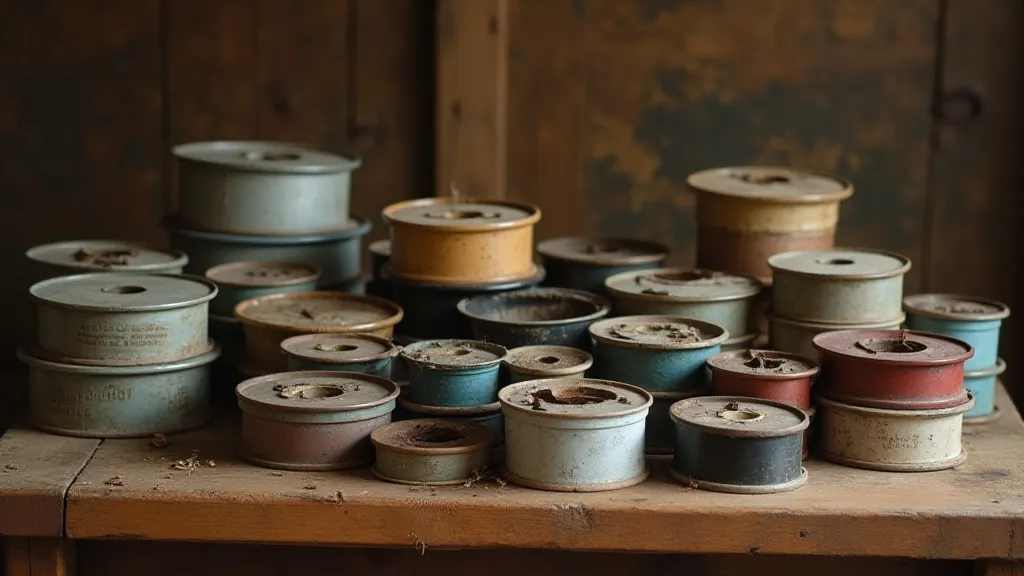
The Subtle Art of Restoring and Collecting
For typewriter restorers, identifying the correct ribbon is crucial for maintaining the machine’s authenticity and functionality. Using a ribbon that’s incompatible with the typewriter can damage the delicate internal mechanisms and compromise the quality of the print. Collectors, on the other hand, seek out ribbons for their rarity, historical significance, and aesthetic appeal. A ribbon that matches the typewriter’s era and manufacturing origin can significantly enhance the overall value of the collection.
When restoring a typewriter, always prioritize finding a ribbon that is as close as possible to the original. If the original ribbon is unavailable, a modern equivalent may be used, but it’s important to choose a ribbon that is compatible with the typewriter’s mechanisms and produces a similar print quality.
Collecting antique typewriter ribbons is not just about acquiring objects; it’s about preserving a piece of history. Each ribbon tells a story – a story of innovation, craftsmanship, and the enduring power of the written word. By taking the time to identify and understand these ribbons, we are not only enriching our knowledge of the typewriter industry, but also honoring the legacy of the people who created them.
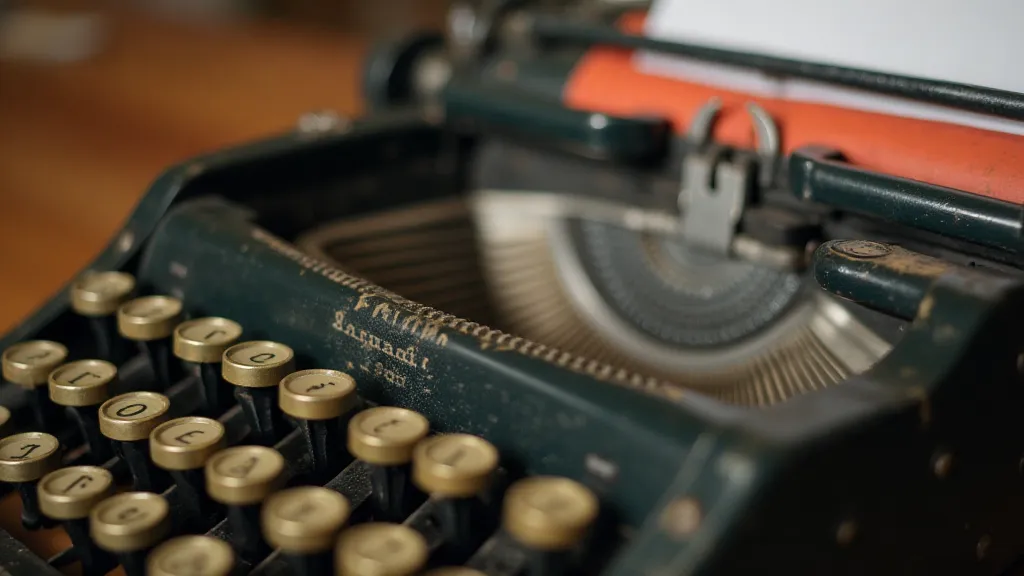
The search for an antique typewriter ribbon's origin may seem like a minor detail, but it reveals something profound: a dedication to detail and a respect for the past that are sorely needed in our increasingly fast-paced world.

